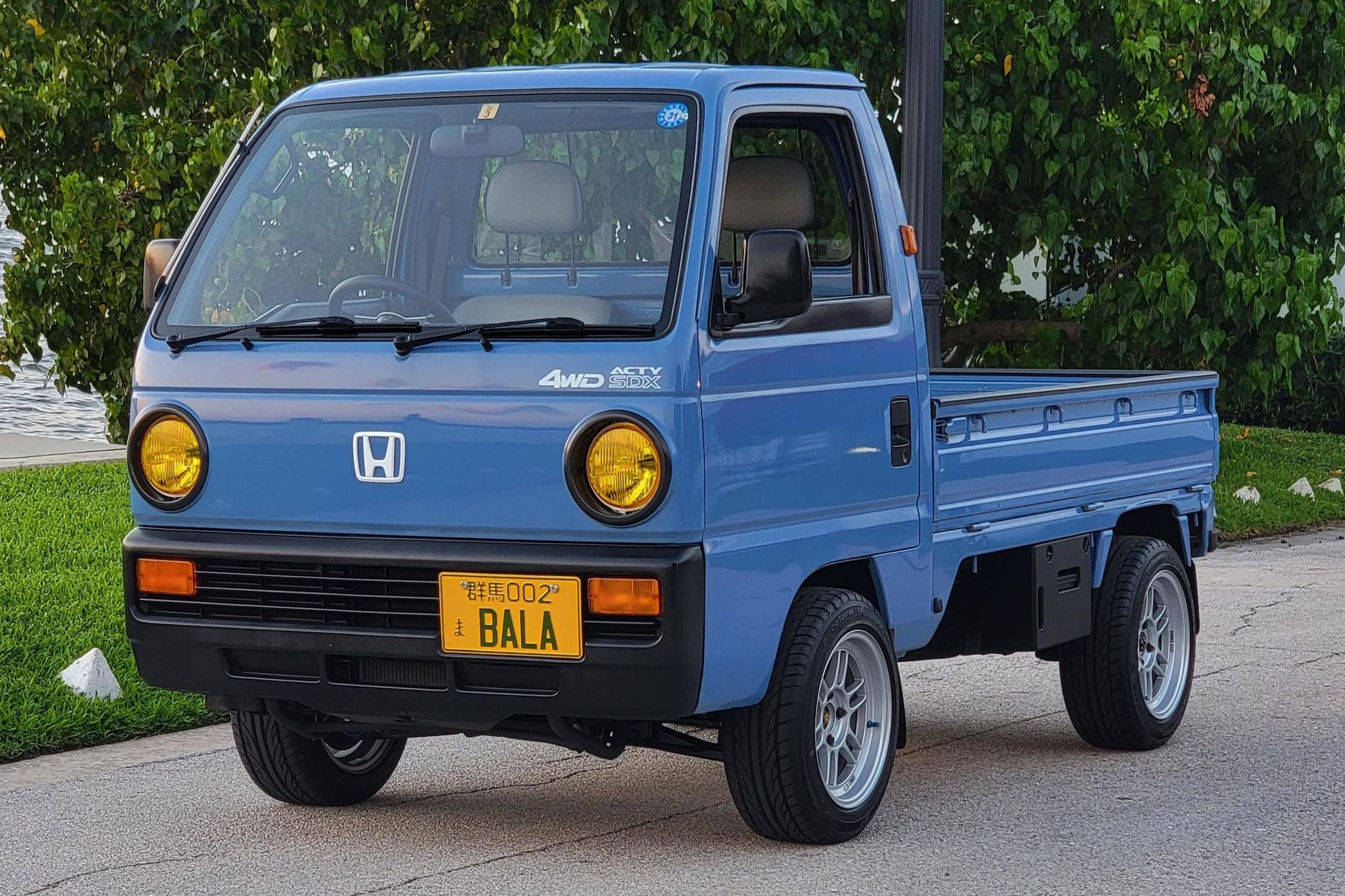Recently, kei vehicles have gained traction not just in Japan but in addition in different parts of the world. These compact vehicles are a special blend of functionality and efficiency, designed to fulfill the specific needs of urban driving while providing remarkable versatility. Characterized by their small size and lightweight design, kei trucks have turned into an essential tool for numerous businesses and individuals who need practical transportation solutions.
At first introduced in Japan in the post-war era, kei trucks were developed to provide affordable and easy-to-get transportation for the masses. Their design follows to strict regulations regarding engine size and dimensions, making them not just economical in fuel consumption but also simple to maneuver in congested streets. With a rising appreciation for their practicality, kei trucks have established a niche as reliable workhorses that can handle a variety of tasks, from delivering goods to hauling equipment, making them an memorable part of Japan’s automotive landscape.
Chronicle of Kei Trucks
Kei trucks emerged in the Land of the Rising Sun in the post-World War II era, during a time when the country faced financial difficulties and a need for cost-effective transportation. The Nation's government introduced a fresh vehicle category in 1949, known as light automobile, which translates to "light vehicle." This classification aimed to promote the use of compact, fuel-efficient vehicles that could aid revitalize the economy. Kei trucks quickly became favored for their practicality and affordability, appealing to both companies and personal users.
.jpg)
In the sixties and 1970s, these vehicles underwent major developments, benefiting from advancements in car technology and design. Producers like the Suzuki company, Daihatsu Motors, and Honda began producing various models that catered to the needs of agriculturists, small businesses, and urban dwellers. These vehicles were lightweight, compact, and adaptable, making them ideal for navigating the narrow roads of Japan and densely populated areas. The dimensions and characteristics of kei trucks unique dimensions and features continued to evolve, enhancing their functionality and attractiveness in various markets.
By the eighties and nineties, these vehicles solidified their place in the culture of Japan culture and lifestyle. These vehicles became synonymous with the pictures of farmland and construction sites, often seen carrying goods across urban areas and the countryside alike. The kei truck's popularity also sparked a specialized market for personalization and modifications, allowing users to personalize their vehicles to reflect their personal tastes. Today, kei trucks remain an essential part of the nation's automotive landscape, celebrated for their combination of functionality and appeal.
Features and Specifications
key trucks are distinctively designed mini vehicles that capture profitability and usability. They generally measure below 3.4 m in length and one point four eight meters in width, which enables them to move through Japan's narrow streets and busy urban environments with comfort. Their compact size is supplemented by a maximum height of two m, making them ideal for stationing in limited spaces. Kei trucks are recognized for their lightweight structure, commonly weighing around 350 to 600 kilograms, which leads to their outstanding fuel economy.
Under the engine compartment, kei truck s are operated by miniature engines that follow the strict regulations governing these vehicles. The engine displacement is capped to 660 cubic centimeters, which is adequate to provide adequate power for urban driving while keeping low emissions. Several kei trucks feature a standard or turbo engine option, delivering ranging from 40 to 64 horsepower. This turns them not only affordable but also useful for small hauling and transportation tasks.
In terms of style, kei trucks usually have a cuboid shape, maximizing cargo space while guaranteeing durability. The rear bed area is set up for versatility, often equipped with features like drop-down sides for easy loading and unloading. These vehicles commonly come with a functional and practical interior, prioritizing utility over luxury, while still incorporating basic comforts such as air conditioning and passenger seating for up to two or 3 occupants.
A Rise Surge in Modern Times
In recent months, kei vehicles have seen a significant resurgence in appeal, both in Japan as well as around the world. Their compact size and efficiency have made them highly desirable for different applications, ranging from urban delivery services to leisure pursuits. With the growing shift toward eco-friendliness and minimalism, kei trucks align perfectly into the modern consumer's lifestyle, enabling practical moving free from the eco-footprint of more massive vehicles.
The special allure and flexibility of kei trucks have also earned the fascination of enthusiasts beyond Japan. Modifying and custom culture around these vehicles have flourished, leading to a network dedicated to showcasing unique designs and capabilities. Social media platforms have enhanced this enthusiasm, as owners share their original uses and modifications, further driving the growth. The charm of kei vehicles as more than mere modes of transport but also as symbols of lifestyle continues to rise.
As cities become more crowded and the demand for practical and trendy transportation options rises, kei trucks are perfectly placed to satisfy these needs. Their quick handling and parking benefits in tight urban spaces make them a smart choice for city dwellers. As the popularity of kei vehicles grows across the globe, manufacturers are also adapting to these markets, offering a variety of models that address diverse demands while keeping the core characteristics that characterize these iconic mini machines.
